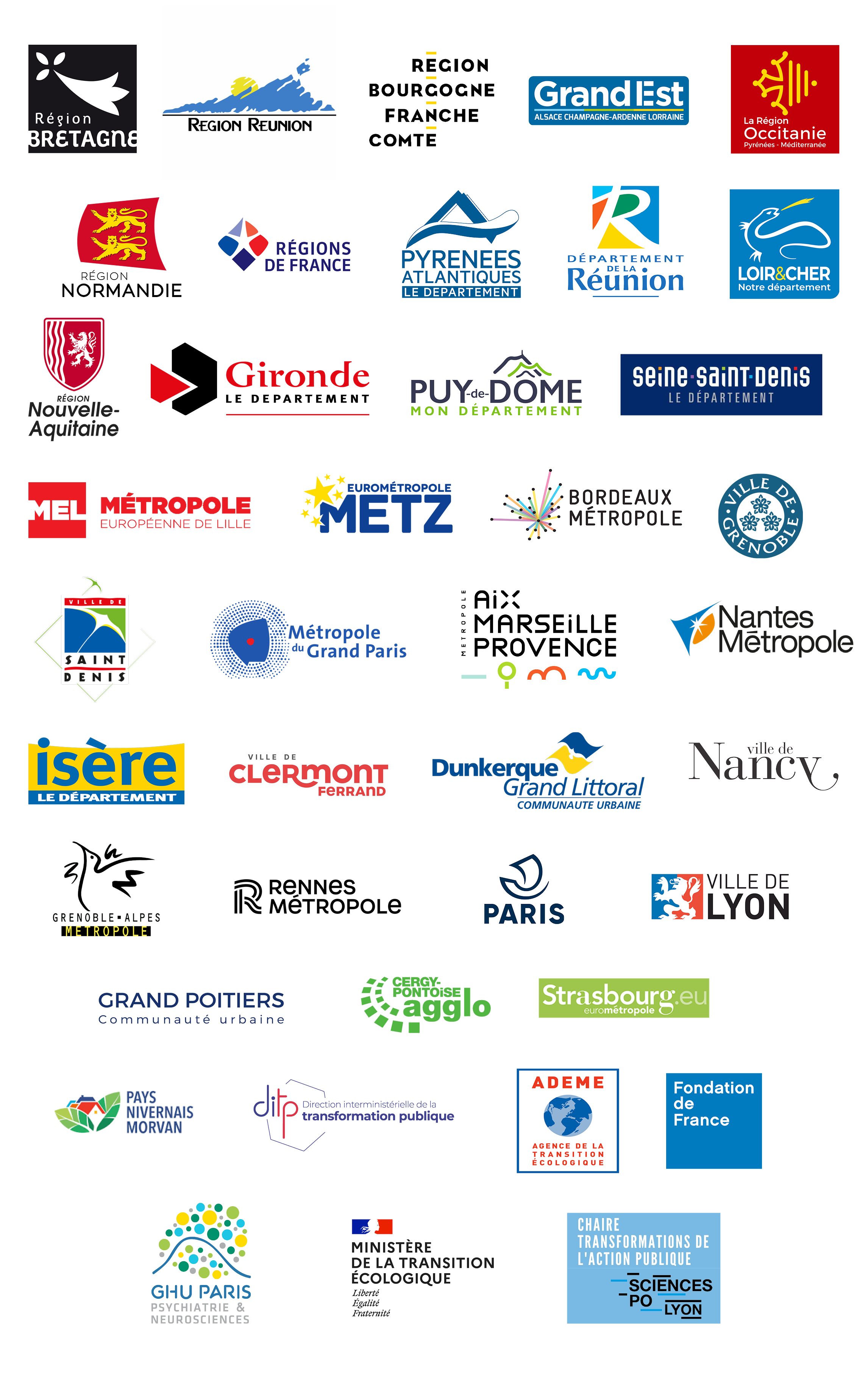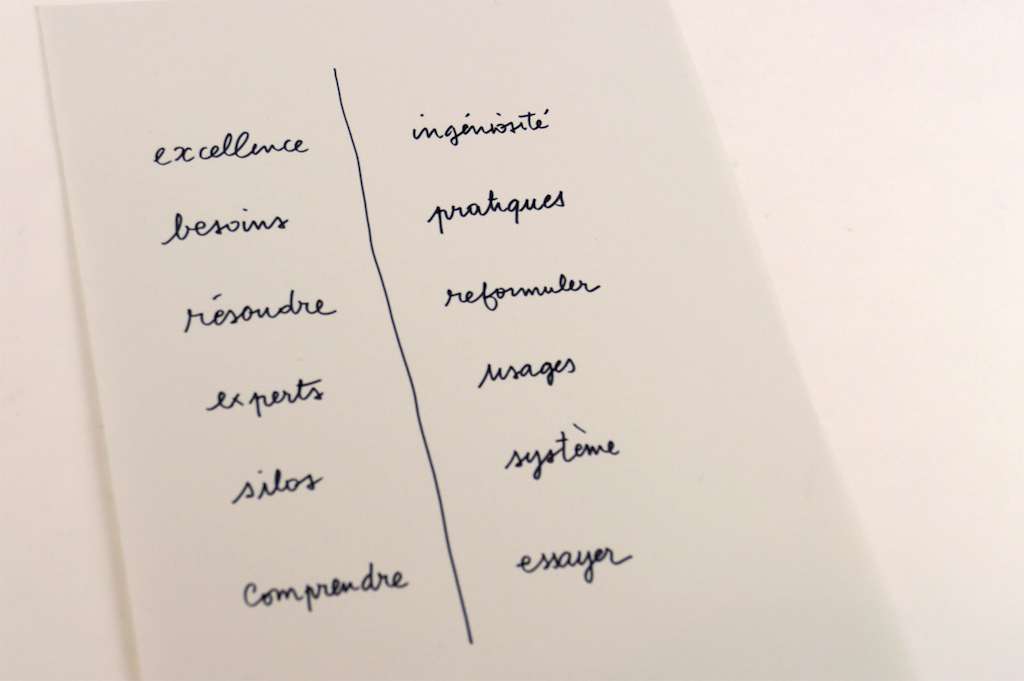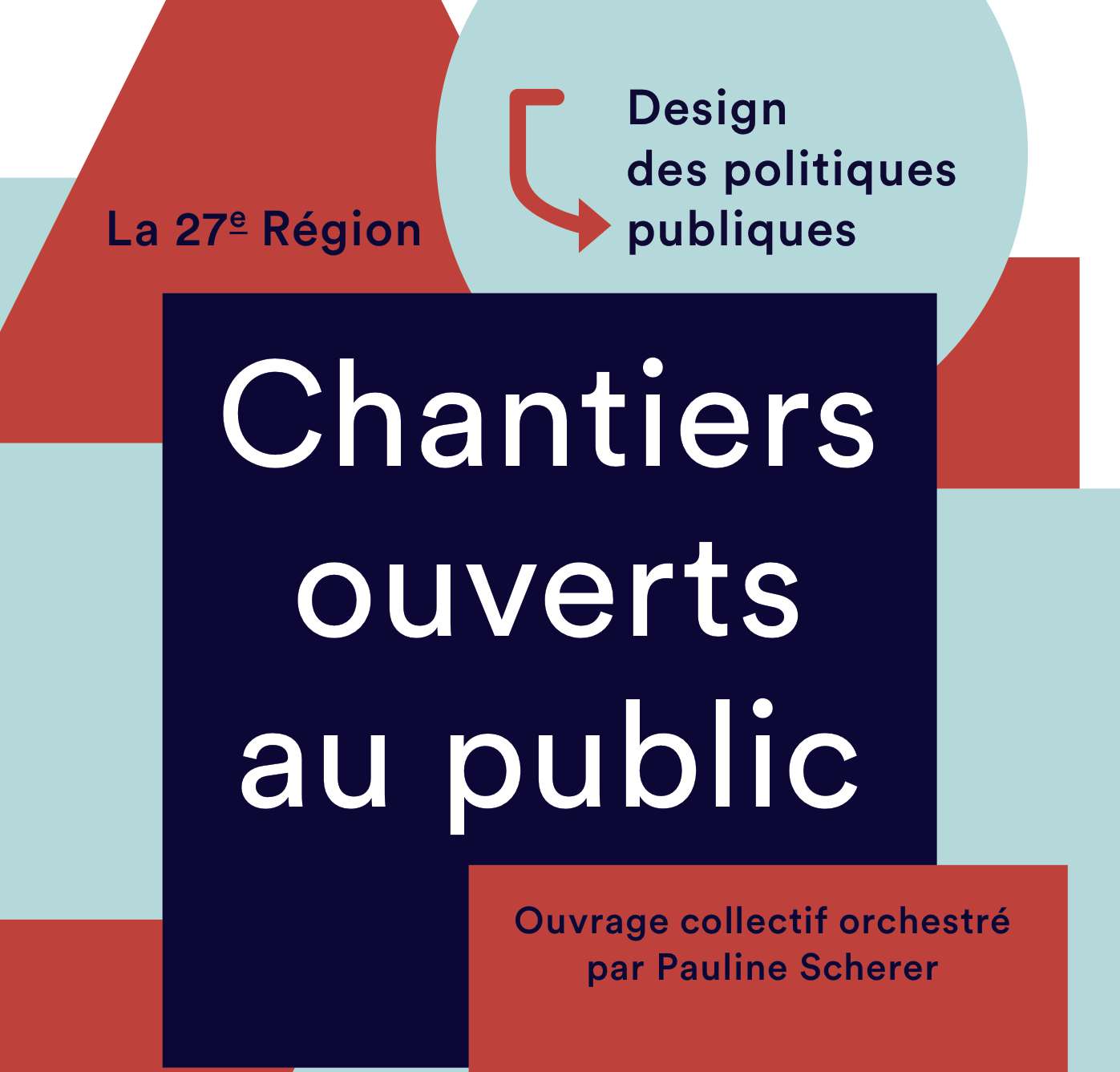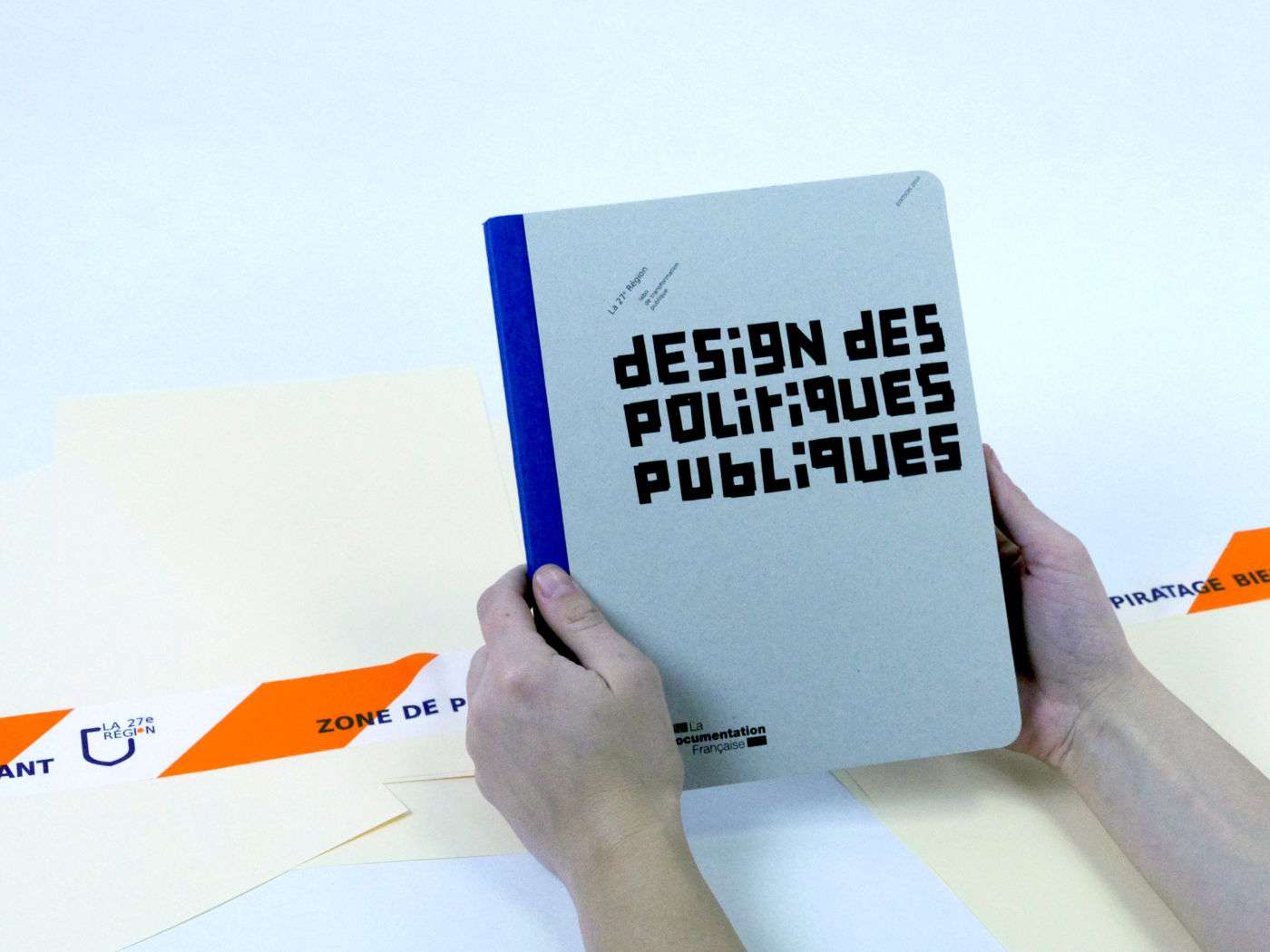Public policy design
Designing collectively based on
experience in the field
Higher education institutions train future politicians and public officials in numerous skills, from knowledge of institutions to public accounting, from project management to digital issues. But they are not taught to question theoretical instruction and practical tools or to change them in light of actual practices. Because they lack genuine critical capacity, public services run the risk of both programmed obsolescence and excesses of solutionism: management techniques imagined half a century ago still constitute the toolkit of policymakers today, while new technologies – the Internet first and foremost – are seen as the solutions to all our problems of tomorrow.
How do we make sense of it all? How do we equip policymakers to enable them to (re)design more desirable public policy?
What we call “public policy design” consists of applying the principles of design – or “user-oriented design” – in the making of public policy. This is both a mindset and a series of methods to re-examine the problems of society, to better understand situations from the perspective of the intended beneficiaries, to involve them in tests and simulations, and to develop prototypes of solutions that can later be deployed with a better chance of success.
The design of public policy is a multidisciplinary and collective practice. Designers act as one element of a broader set of professionals versed in the issue of uses: field sociologists, participatory architects and planners, social network professionals, video artists, ethnologists, participatory journalists, philosophers and a number of activists who invent their business practices along the way, by mixing lessons learned from political science, adult education, collective actions, etc.
Based on practices implemented in the field, new possibilities arise as a result of creative dialogue with users and by sharing views by means of representation and materialization techniques. These possibilities are then put quickly to the test, the goal being to organize policymaking practices differently and thereby give new meaning to public action.





